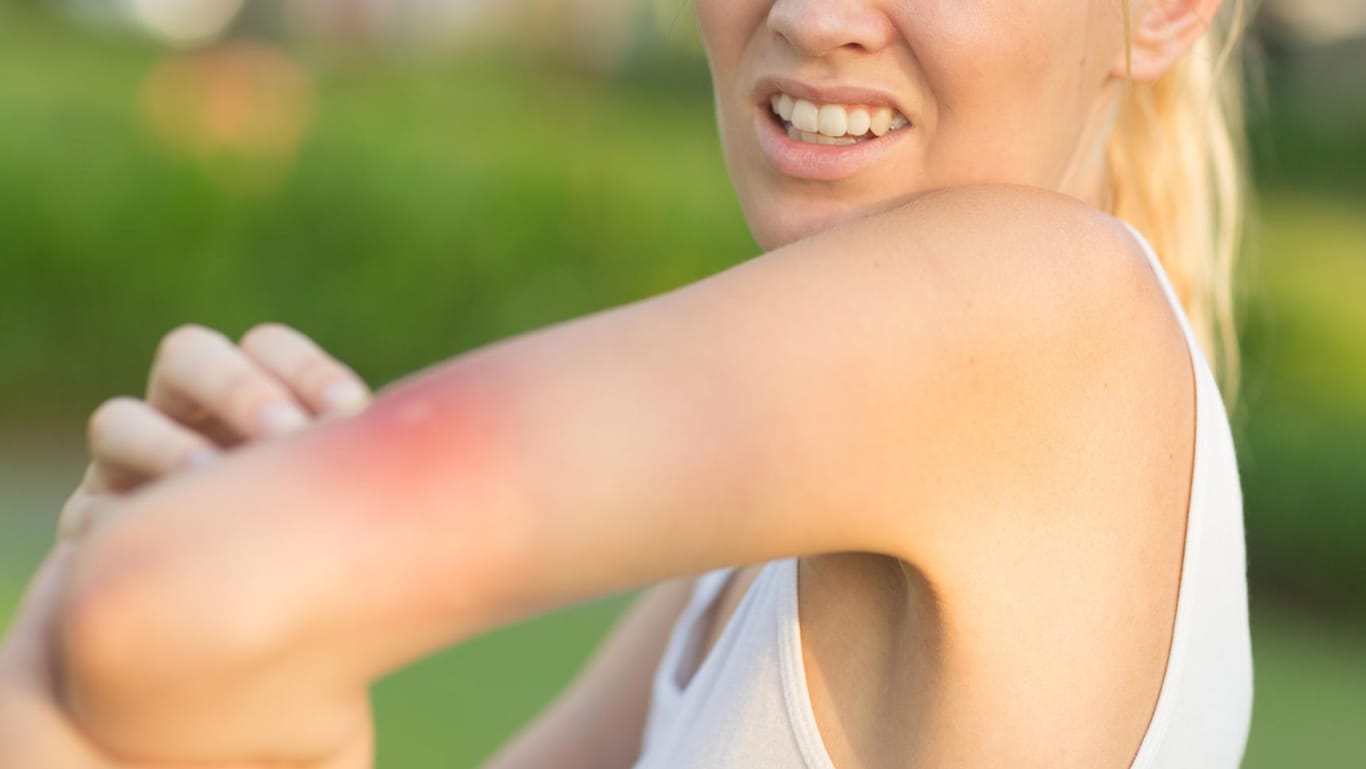Everyone experiences pain differently. Some are sensitive, for others the pain threshold is significantly higher. This is particularly common with stings or bites from bees, horseflies or black flies. However, there is an insect that causes severe pain in every person. Researcher Justin Orvel Schmidt has researched what this is.
The ranking of pain
The entomologist from the Southwest Biological Institute in Arizona, USA , made great sacrifices for his study: he allowed himself to be bitten or stung by more than 150 insects from all over the world. He noted how severe the stabbing or biting pain was and created a ranking list. The so-called “Schmidt Sting Pain Index” (English for “Schmidt Sting Pain Index”):
The most painful insect bites
Using the pain ranking, Schmidt was now able to list which insect can sting or bite the most painfully:
Level 1.0: Blood bees (Sphecodes), furrow bees such as the common furrow bees (Lasioglossum calceatum)
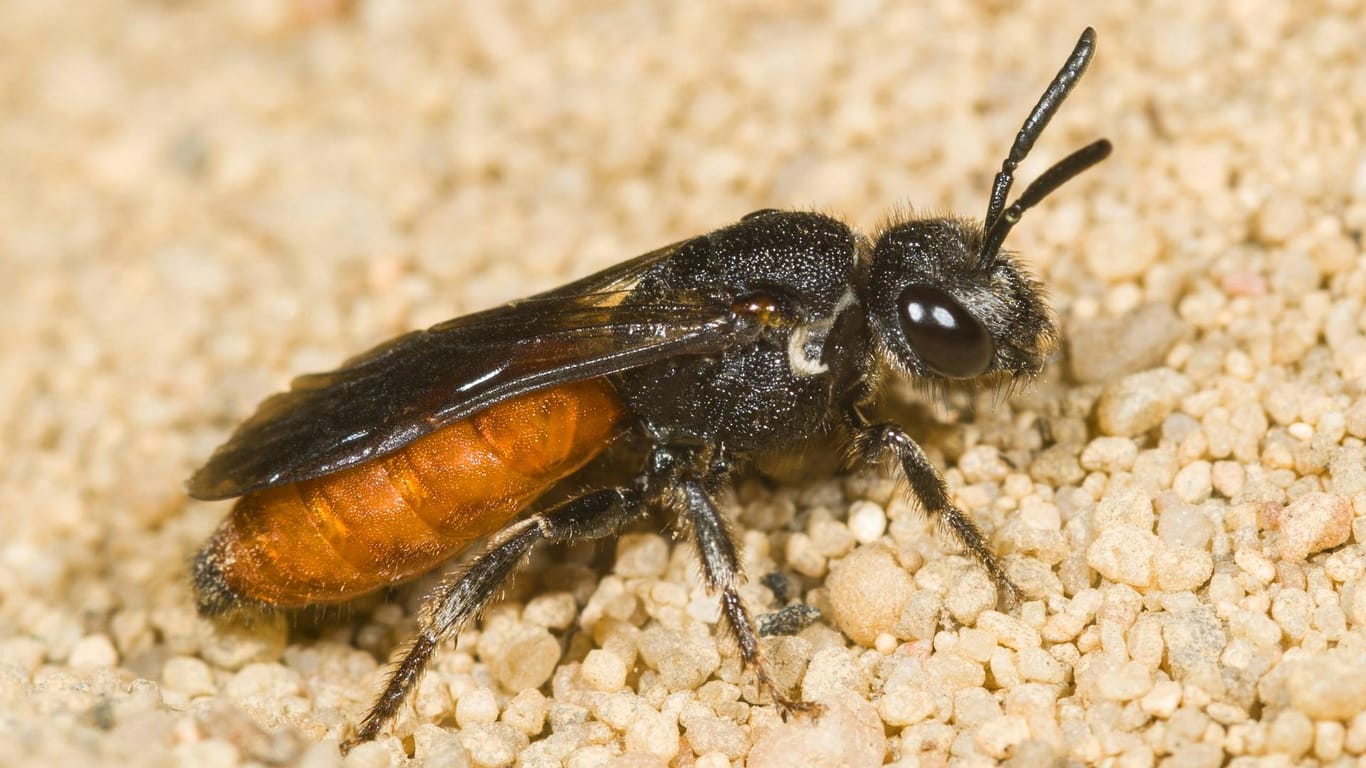
Furrow bee species are found primarily in Europe, as well as Central and East Asia and other regions of the world. In Central Europe it is one of the most frequently encountered wild bee species.
Stage 1.2: Fire ants such as the red fire ant (Solenopsis invicta)
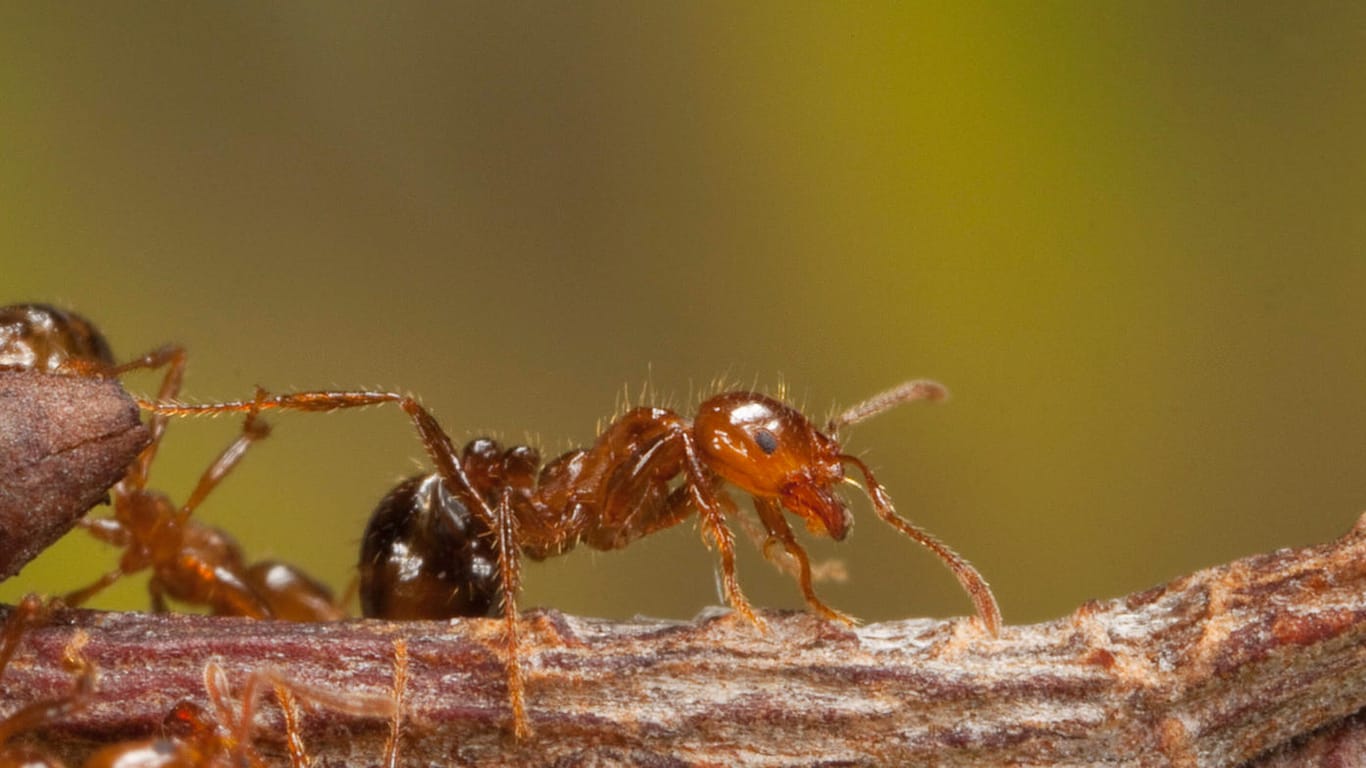
The red fire ant originally comes from South America. It can now also be found in the USA, China and Australia .
Level 1.8: Knot ants (Myrmicinae)
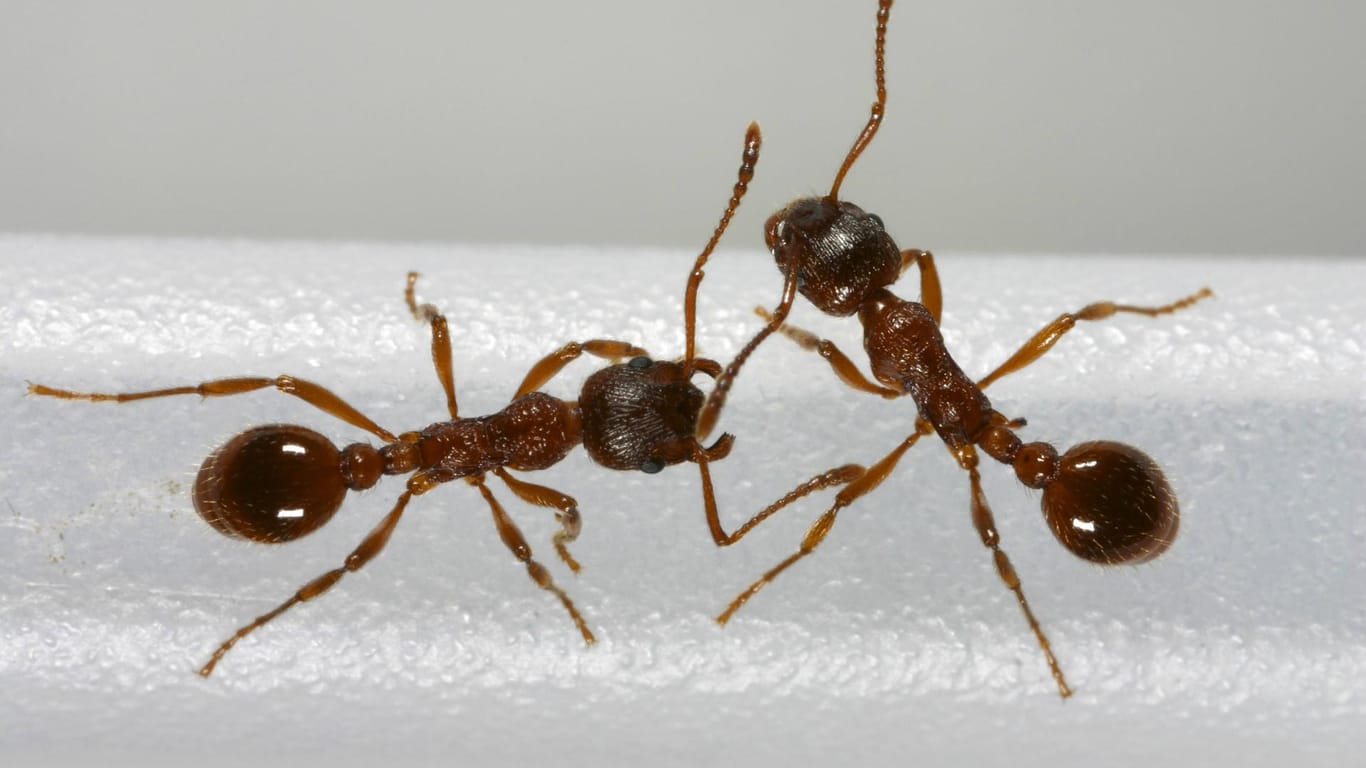
Level 2.0: Short-headed wasps (Vespula), including common wasps (Vespula vulgaris), German wasps (Vespula germanica)
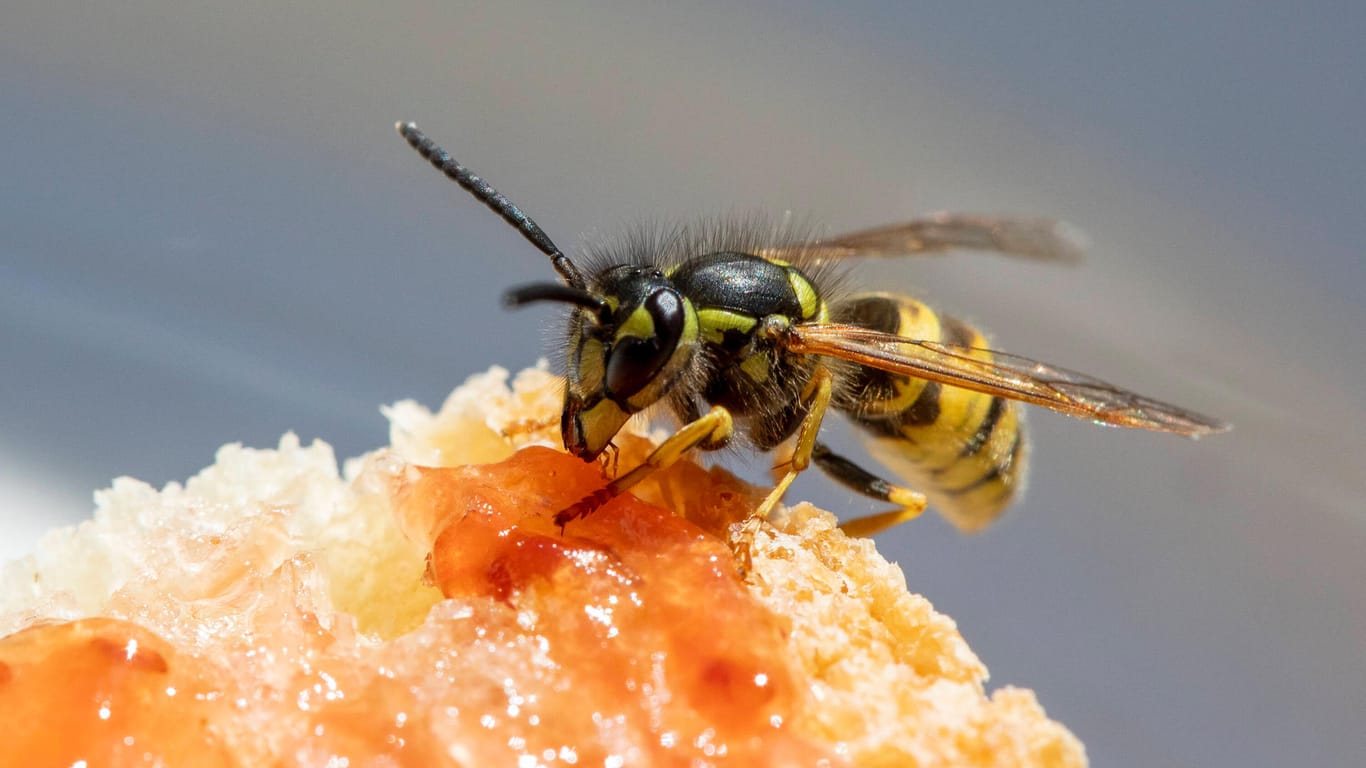
There are 26 different species of short-headed wasps worldwide.
Level 2,x: honey bees (Apis), hornets
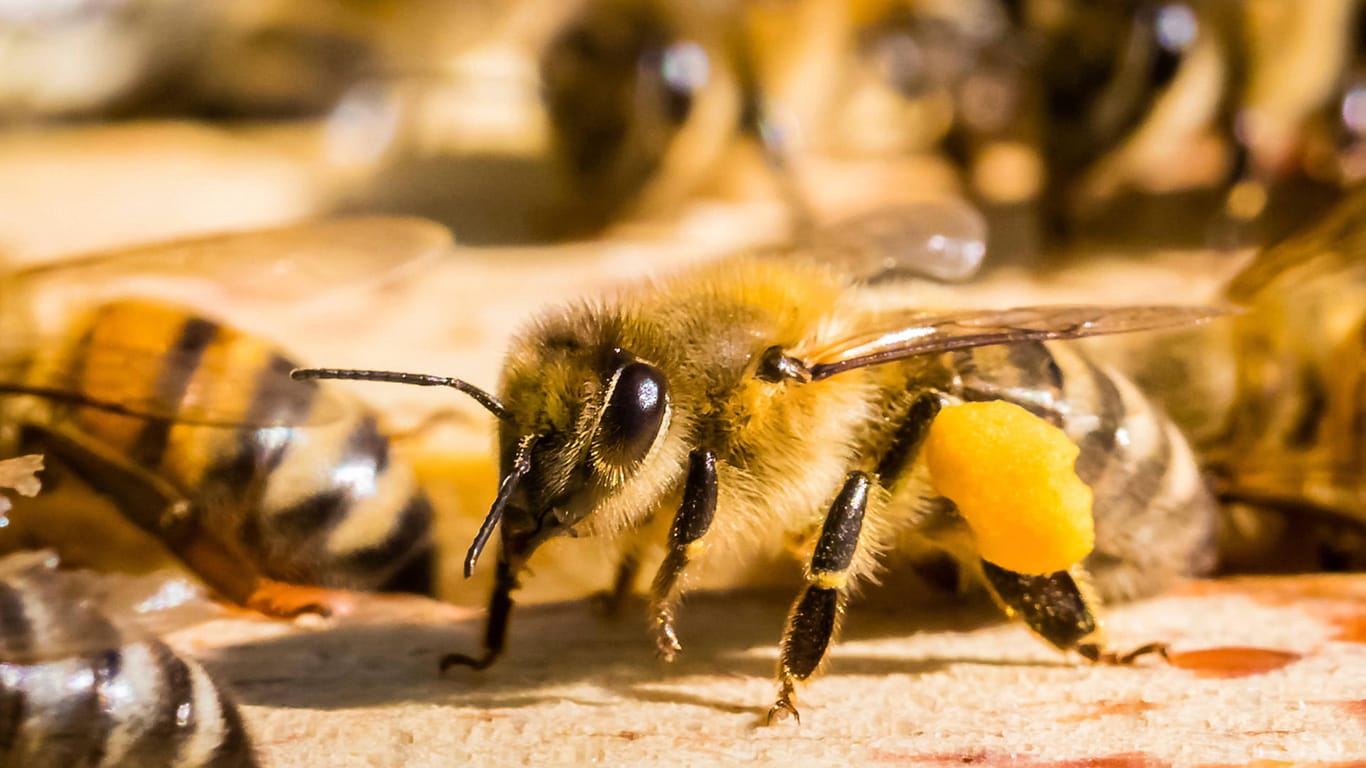
Hornets are protected . If they are killed or injured, they face heavy fines.
Level 3.0: field wasps (Vespa crabro), ant wasps (Mutillidae)
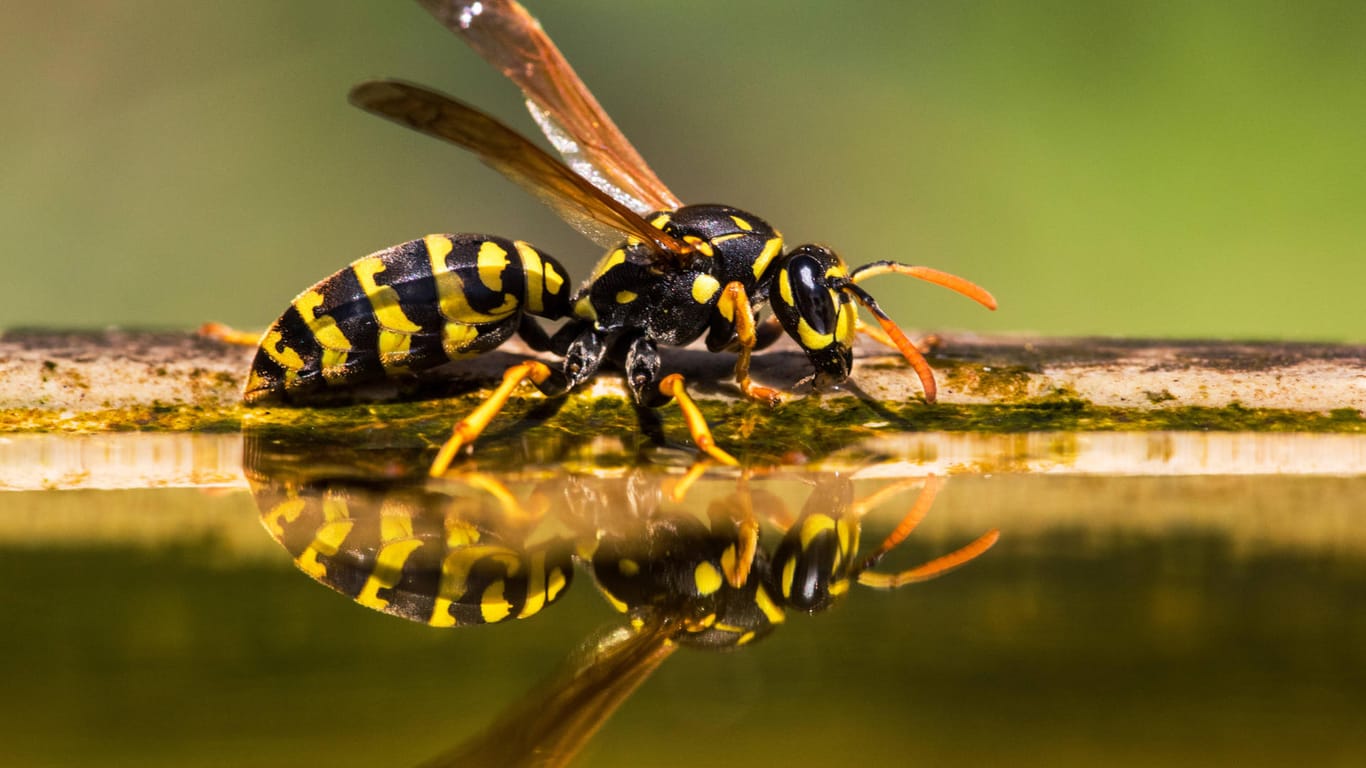
Ant wasps have very few predators. There are around 155 different species in Europe.
Level 4.0+: 24-hour ants (Paraponera clavata), executioner wasps (Polistes carnifex)
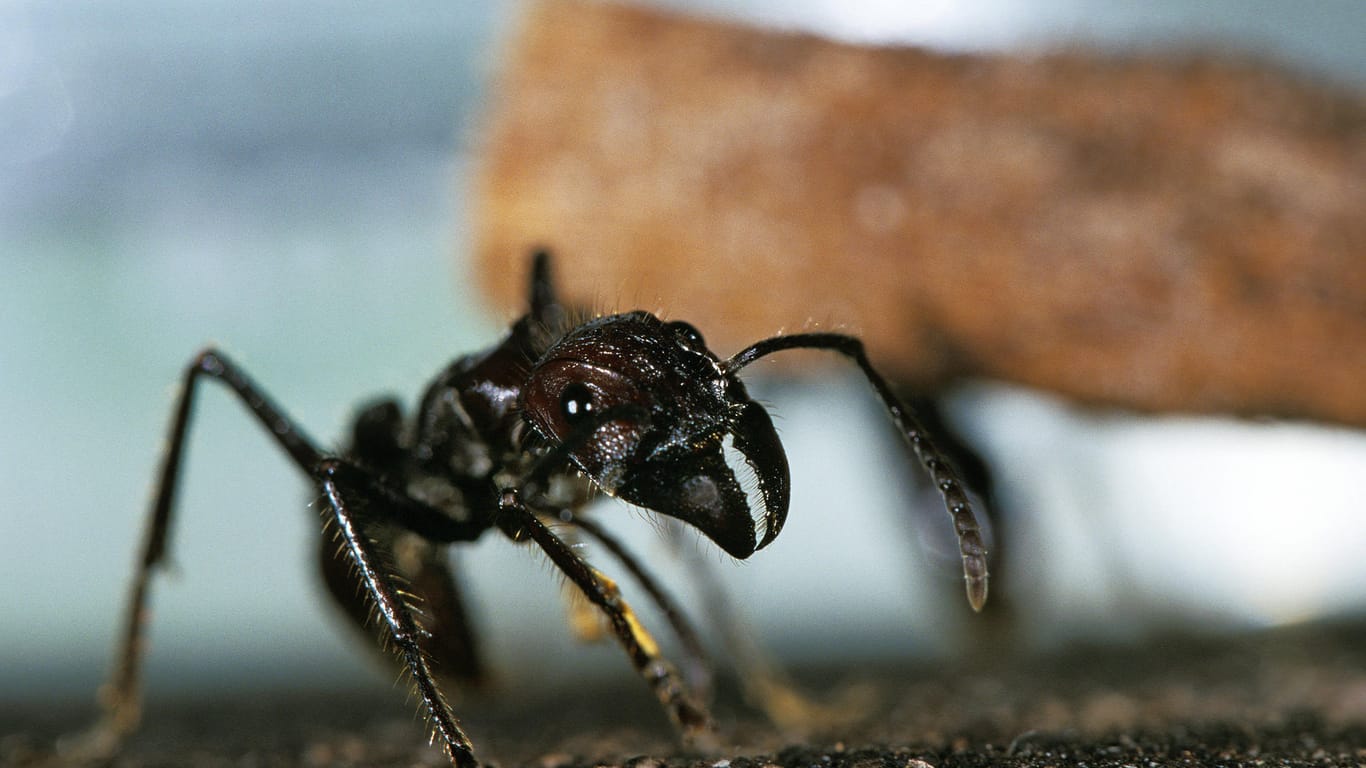
The 24-hour ant is one of the world’s largest ant species and lives in Central and South America.
Relieve pain from insect bites
You can often easily treat harmless insect bites yourself. After the sting or bite, examine the affected area. If there is still a stinger, remove it completely. Wash the area or cool it.Symptoms such as dizziness, nausea or shortness of breath occur. You should call a doctor. The same applies if the skin around the injection site becomes unusually discolored, swells very badly and painfully, or the redness spreads significantly.

